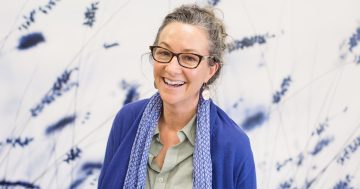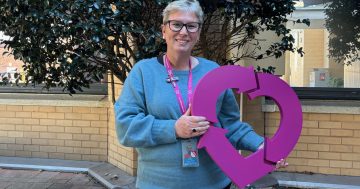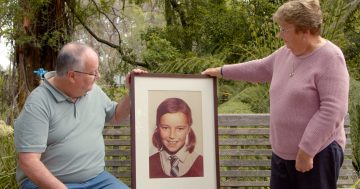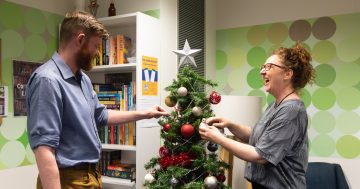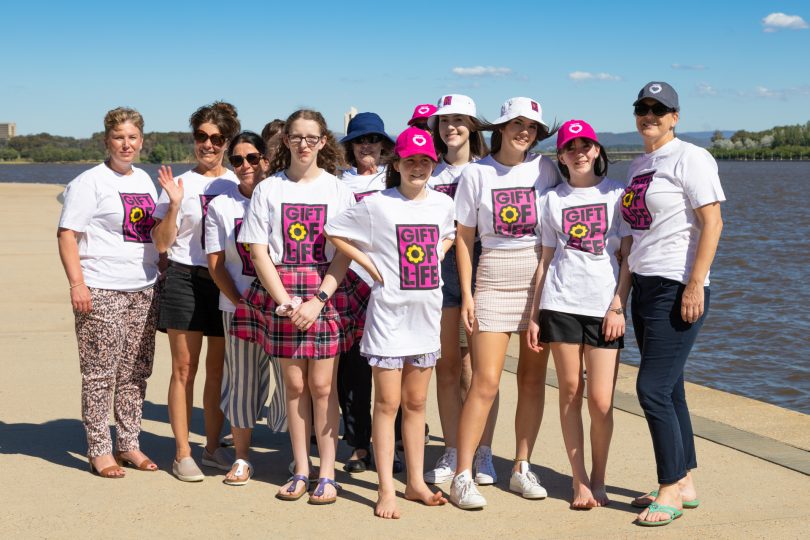
The Gift of Life walk will be a virtual one in 2021. Photo: Michelle Kroll.
Catherine Scott knows that her sight depends on someone’s generosity in agreeing to donate their corneas after death. Fran Wise is alive for her kids today because someone agreed to the gift of a kidney.
It was too late for Mallie Taylor’s husband Matt, who died just two years after they were married because there were no lungs available for him.
But Cordelia Whatman, who caught Canberra’s heart when she was a tiny baby, desperately ill with a rare liver disease, is now a clear-eyed, cheerful teenager whose life was saved by organ donation.
Weekly news wrap with Genevieve Jacobs
Organ donation saves lives, but the ACT donor rate is low. This week's news update is about how we can save lives by signing up. We're also talking Summernats, Skywhale and snakes.
Posted by The RiotACT on Thursday, January 14, 2021
Every year many thousands of Canberrans participate in Gift of Life’s Donate Life walk, designed to get people talking to their loved ones about organ donation and signing up.
Strikingly for this very community-oriented city, the ACT has one of the lowest participation rates on the organ donation register at around 25 per cent of the population. Only 1 to 2 per cent of people who die in hospital are suitable to donate organs (although many more can be tissue donors).
That means that if we die, often unexpectedly, families can be left at a moment of enormous tragedy, having no idea how to answer questions about potential organ donation. And in turn, lives continue to hang by a thread because there are not enough donors to meet the need.
Hence the awareness-raising around having the conversation with your family and signing up as a potential donor.
But this year COVID-19 has made the walk an even tougher proposition. Restrictions on mass gatherings are amplified as many recipients or people on the waiting list are immune-compromised or in fragile health and can’t put themselves at risk.
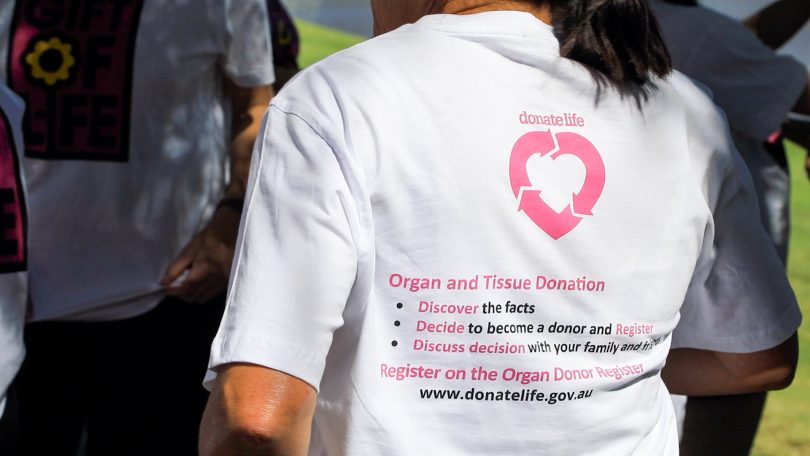
Awareness-raising around organ donation remains critically important. Photo: Michelle Kroll.
So Gift of Life in Canberra has organised a virtual walk instead, asking people to walk between 22 and 28 February (when the walk would usually be held), don their Gift of Life t-shirts and post their photos on social media. You can walk in teams, family groups or as individuals, at your favourite walking place at any time.
Catherine Scott is Gift of Life’s president. She started losing her sight at just nine years of age and by the age of 14 she was functionally blind. It was a traumatic experience during adolescence, but a corneal transplant in both eyes returned her sight and gave her back a future.
Six years ago, Catherine’s eye function started to deteriorate again.
“The news wasn’t great,” says Catherine. “Both corneas were failing, and I was also developing cataracts”.
She had surgery on her left eye in 2015 and 2017, both times requiring corneal tissue to save her sight and the process will need to be repeated for her right eye in the coming years.
“I think of my four donor families every day and am so very grateful for the amazing gift of sight and the quality of life they have given me. I acknowledge their generosity and kindness at a time of deep sorrow and thank them in my heart each day,” she says.
Mallie Taylor came to Australia after a whirlwind online romance with her husband, Matt. Knowing Matt faced multiple serious health problems and not wanting to waste a moment of precious time, they got married on the beach in Tathra.
As it turned out, they would spend just two years and eight days as husband and wife. Matt needed both kidney and lung transplants, and although his mother was willing to give him a kidney, clinicians were unwilling to proceed without the lungs.
In a cruel twist, he’d previously been turned down for a transplant because he was too healthy and then rapidly became too unwell for a transplant to succeed.
In 2017, Matt and Mallie did the Gift of Life walk together although they knew by then that he would never be a recipient. He was in a wheelchair, breathing tubes strapped to his nose. By the 2018 walk, he’d lost his battle and Mallie walked instead with 48 of his family and friends.
Mallie says the low rate of organ donation in Australian means that patients with the greatest chance of a successful procedure must be prioritised on the list. More donors would mean that more people’s lives would be saved.
You can help keep families together and save up to 10 lives by registering on the Australian Organ Donor Register and discussing your wishes to be an organ donor. Talk to your family, find out their wishes, and explain your choice.
If you sign up for the Gift of Life walk, you can access social media image frames, and branded merchandise will be available on a first-come, first-served basis due to limited supply this year. If you have merchandise from previous walks, you’re encouraged to wear it for the 2021 walk.
And above all, have the organ donation conversation with the ones you love, so you could help to save a life.













